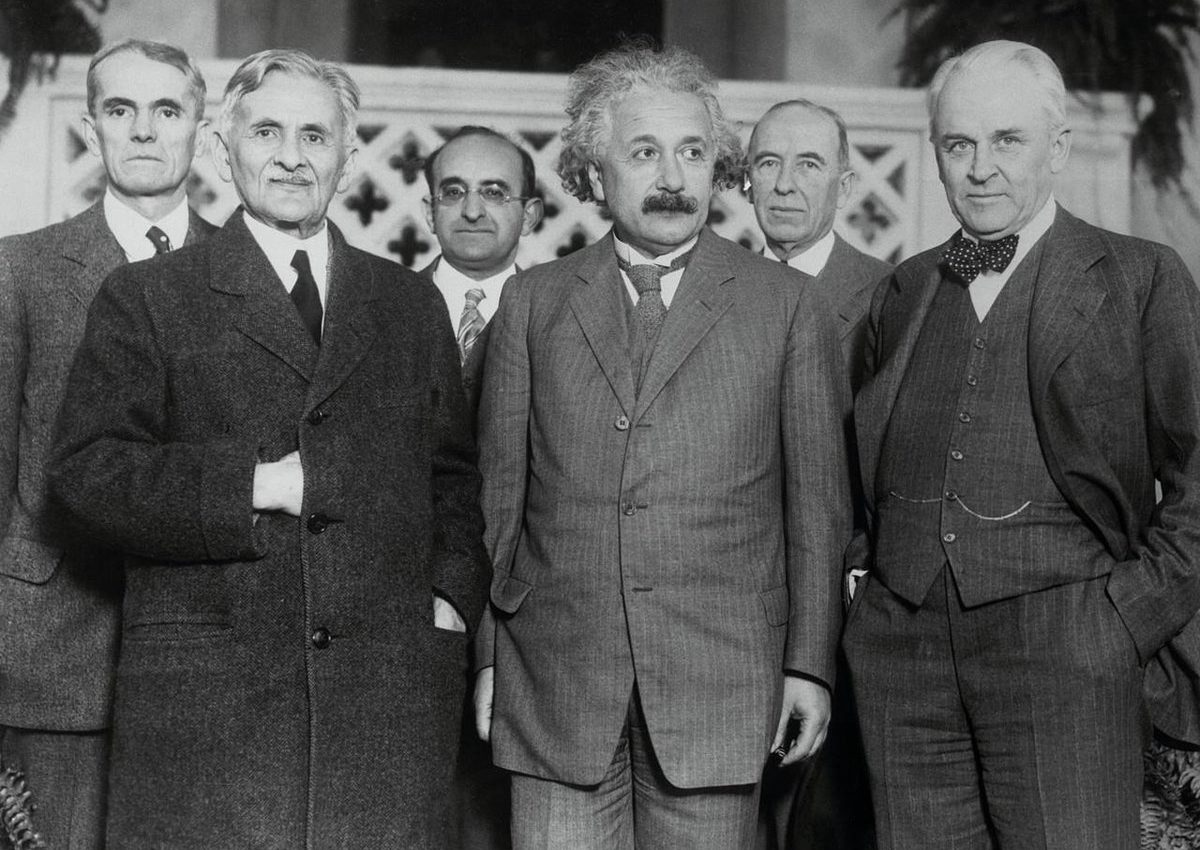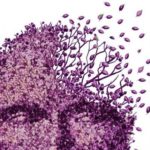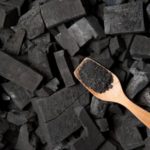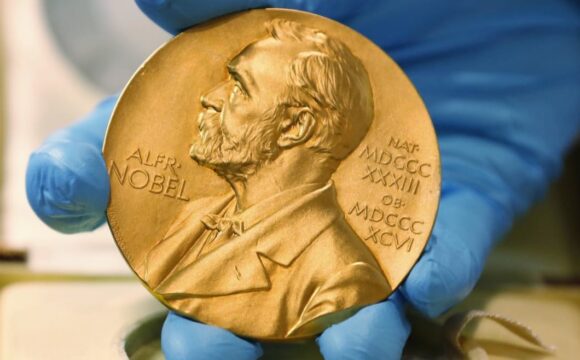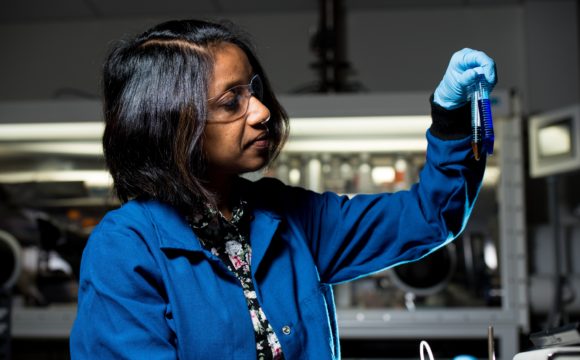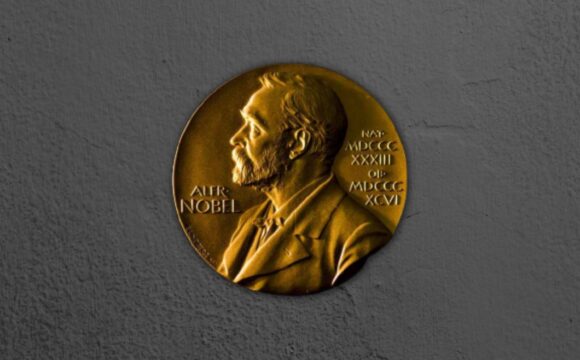Alfred Nobel (1833-1896) was a Swedish chemist and engineer. He started the tradition of the Nobel Prize by leaving his personal wealth to people, whose significant contributions benefited mankind. As per his will, a series of prizes had to be created in areas like physics, chemistry, physiology or medicine, literature, and peace. He stated that, most of his estate should be converting into a fund and invested it in safe securities. The income from these investments should be given as the prize money. He also wished that, the award should be bestowed only by select Swedish and Norwegian institutes. The Nobel Foundation was set up as a private organization in 1900, to manage the finances Nobel left and administration of the Nobel Prize. The first Nobel Prize was awarded in 1901.
The 2018 winners of physiology, physics and chemistry have been recently announced.
The Nobel Prize in Physiology or Medicine is awarded by the Nobel Assembly at Karolinska Institutet, Stockholm, Sweden. James P. Allison and Tasuku Honjo have jointly received the award this year, for their discovery of cancer therapy by inhibition of negative immune regulation. James P. Allison, who currently works at the MD Anderson Cancer Center in the University of Texas (USA), researched about a known receptor CTLA-4 which acted as a brake on the activity of T-cells. This property of CTLA-4 was used to make T-cells more active and destroy tumours. In parallel, Tasuku Honjo, currently working at Kyoto University (Japan), studied the mechanism of a protein PD-1, which made it put a brake on the T-cell activity. PD-1 seemed to be able to attack a wide range of cancers. New clinical studies have found that a combination therapy, which blocks both CTLA-4 and PD-1, can be more effective, in patients with melanoma.

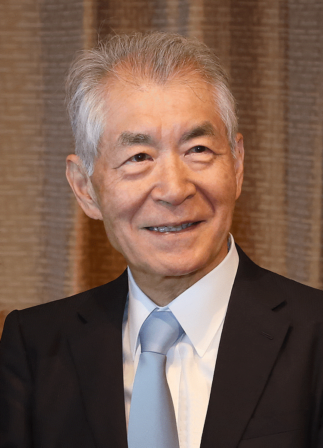
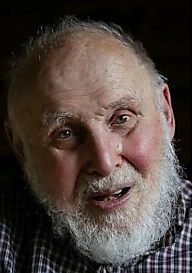


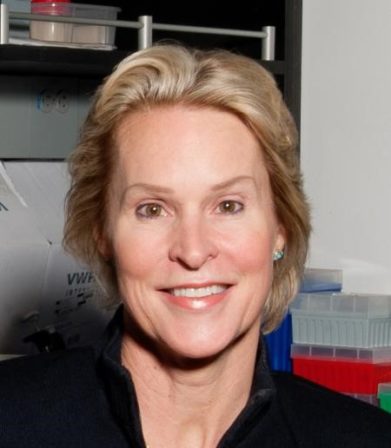
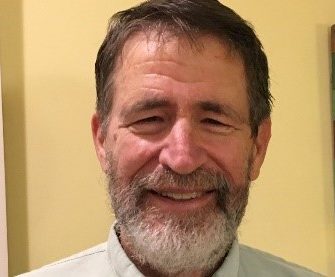
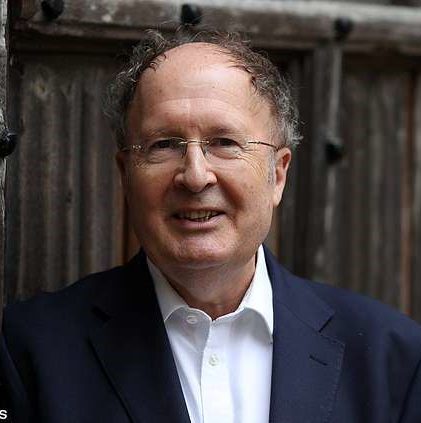
The Winners:-
(top left) James P. Allison, Tasuku Honjo, Arthur Ashkin, Gérard Mourou (top right)
(bottom left) Donna Strickland, Frances Arnold, George P. Smith, Sir Gregory P. Winter (bottom right)
The Nobel Prize in Physics is awarded by The Royal Swedish Academy of Sciences, Stockholm, Sweden. Arthur Ashkin (USA), Gérard Mourou (France), and Donna Strickland (Canada), have been bestowed the 2018 prize, for their innovative inventions and creation of tools using laser physics. Arthur Ashkin is honoured for developing optical tweezers to hold bacteria and using them for various applications in biological systems. Gérard Mourou of École Polytechnique in France and Donna Strickland of the University of Waterloo in Canada have been awarded for their method called Chirped Pulse Amplification (CPA), of generating high-intensity, ultra-short optical pulses. Donna Strickland is the third woman and the first in 55 years, to win the Nobel prize in physics.
The Nobel Prize in Chemistry is awarded by The Royal Swedish Academy of Sciences, Stockholm, Sweden. This year’s prize has been divided in a manner that Frances H. Arnold (USA), received half, and the other half was jointly awarded to George P. Smith (USA) and Sir Gregory P. Winter (UK). Frances Arnold’s work consisted of the directed evolution of enzymes, which involved creating mutations in enzyme producing genes, so that they can be used as an alternative to artificial enzymes. She is using this gene manipulation to convert sugar into alcohol, thus producing biofuel. George P. Smith and Sir Gregory P. Winter studied the phage display of peptides and antibodies by discovering a class of viruses that had the ability to invade bacteria. These viruses were genetically modified to produce a library of antibodies. Suitable antibodies which could target the harmful proteins were selected from the library. One such antibody, called adalimumab has already been commercialized for rheumatoid arthritis by Sir Gregory Winter.
The winners receive a medal along with a highly decorated diploma and prize money. These are awarded usually in Sweden, on 10th December, which marks the death anniversary of Alfred Nobel. There could be variation in the prize money given each year, based on how much the Nobel Foundation can award. Also, according to the law of the Nobel Foundation, each Nobel laureate has to give a public lecture related to their topic of research, either during the Nobel Week or within six months of receiving the prize. The Nobel Prize is a symbol of significant scientific or literary achievement, which is recognized worldwide.
References:
https://www.britannica.com/topic/Nobel-Prize
https://www.infoplease.com/nobel-prize-history



